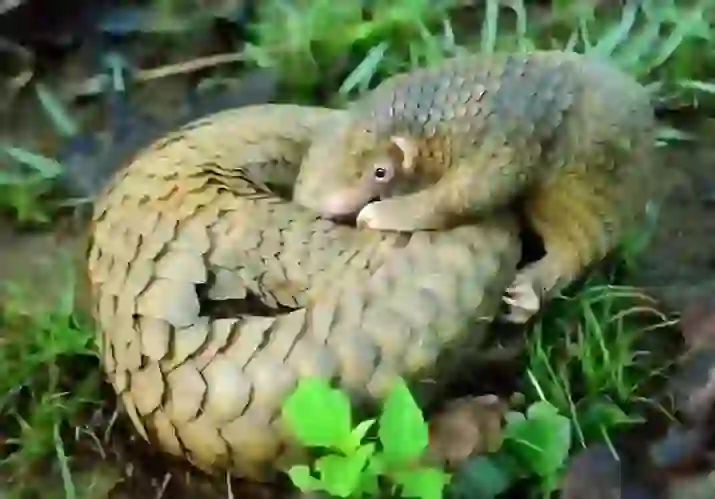
Pangolin
Pangolin
Pangolin
Do you know about the animal called 'Pangolin'? There are no wild ones living in Japan, so many people might not know about them. Despite their very adorable faces, they have hard bodies and claws. Let's introduce this mysterious pangolin!
Pangolin Basic Infomation

Basic Information about Pangolin
Class: Mammalia, Order: Pholidota, Family: Manidae, Genus: Manis Body length: 30-140cm Weight: 2-35kg There are eight species of pangolins, and this name refers to all of them. They live in parts of Southeast and East Asia, such as India, China, Taiwan, Sumatra, and Borneo, as well as in parts of Africa, including Senegal, Kenya, and South Africa. The most notable feature of pangolins is their scales. Among mammals, only pangolins have scales. These scales are made of the same material as human fingernails, known to be the hardest substance in the human body. These hard scales cover their bodies from head to tail, numbering over 300. When they feel threatened, they curl up to protect themselves. The scales have sharp edges, and they can use their tails as a weapon to defend themselves. The scales serve both as a shield and a weapon for the pangolin. Pangolins have no teeth, and their tongues are very long. They have thick, strong legs and long, sharp claws. Their heads are relatively small compared to their bodies, with round eyes and elongated noses and mouths, giving them a cute appearance despite their tough bodies. The difference between their rugged bodies and cute faces is quite striking. Males are 10-50% larger than females, making it relatively easy to distinguish between the sexes.
Pangolin Q&A

What is the origin of the name 'Pangolin'?
Pangolin originally referred to a legendary monster in China. This monster had a human face and hands but was considered a fish, hence the name. In Chinese characters, it is written as '鯪鯉,' reflecting the belief that it was a fish. In kanji, it is written as '穿山甲,' where '穿' means to dig, referring to their habit of digging holes. The name implies an animal with a shell-like body that digs into mountains. This kanji directly translates to its name. In English, pangolins are called 'Manis,' derived from the Latin 'manes,' meaning ghosts or spirits. Their nocturnal habits and movements at night might have inspired this ghostly name. The order name 'Pholidota' comes from the ancient Greek words 'pholis' and 'pholidou,' meaning scales, reflecting their appearance and behavior.
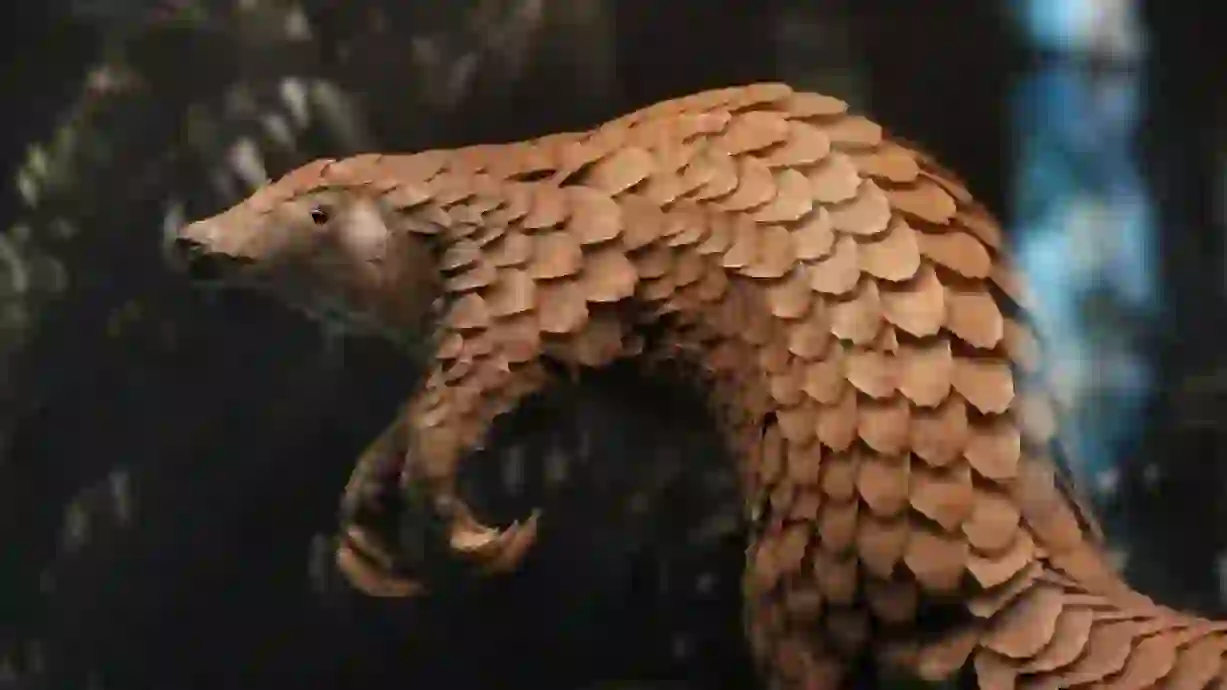
Why do pangolins live where they do?
Pangolins live in various environments such as forests, savannas, plains, mountains, grasslands, subtropical forests, humid forests, and bamboo forests. The species living in Asia and Africa adapt to different environments. Some species in Nepal and Taiwan inhabit areas at altitudes of 1500-2000 meters, showing significant variation. Pangolins are generally nocturnal but may also be active during the day. They are solitary animals, resting in tree holes, rock crevices, or burrows they dig during the day. With their sharp claws and strong legs, they dig deep burrows with a long corridor leading to a spacious chamber. They close the entrance with the excavated soil, creating a private space. Pangolins spend only three hours outside their burrows in a 24-hour period, suggesting they might be quite introverted. Smaller species may live in trees, using their long tails for balance. Despite their limited outdoor activity, they are quite active, enjoying swimming and mud baths. Pangolins' natural enemies include lions, tigers, leopards, hyenas, wildcats, and pythons. When threatened, they curl up into a ball, making their scales impenetrable even to lion's teeth. They can roll away at speeds of up to 30 meters in 10 seconds, using their scales for both defense and escape.
_optimized.webp?alt=media)
What do pangolins eat?
Pangolins primarily eat ants. They consume adult ants, termites, larvae, and eggs. They may also eat other soft-bodied insects and larvae that do not require chewing. Ants build nests underground or create anthills. Pangolins use their long, thin tongues to lick up ants from these nests. They sometimes break open nests with their front claws to access the ants. Their thick eyelids and closable nostrils and ears protect them from ant attacks. Pangolins rely on their sense of smell to find ants, as their eyesight and hearing are poor. Despite the small size of ants, pangolins eat about 200 grams of ants daily, equivalent to 100,000 ants. They usually consume all the ants in a found nest but may close it off for the next day's meal if they are full. Pangolins have two stomachs: one for storage, allowing them to go without food for 5-7 days in summer and 10 days in winter, and another for digestion. They also swallow small stones to help grind up ants in their stomachs.
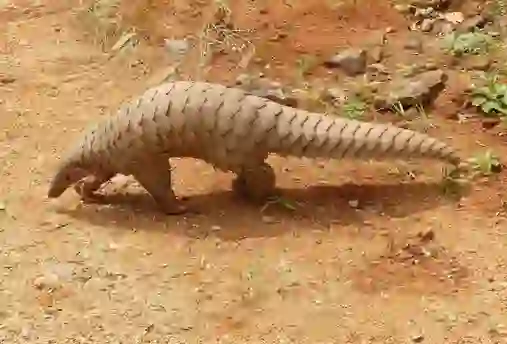
How do pangolins reproduce?
Pangolins have a breeding season from summer to autumn. Males mark trees and rocks with urine and feces to attract females. Sometimes, males fight by swinging their tails to win over a female. Females carry their young for 70-140 days, depending on the species, and give birth in underground burrows from November to March. African pangolins typically have one baby, while Asian pangolins may have 1-3. Babies are born with scales and a long tongue. They drink milk from the mother's armpits, using their tongues to skillfully nurse. The mother keeps her babies warm by curling around them in the burrow. In spring, the mother and babies venture outside, with the babies riding on her back. They learn to find food and navigate their environment. They grow quickly, becoming independent in 1-2 years.
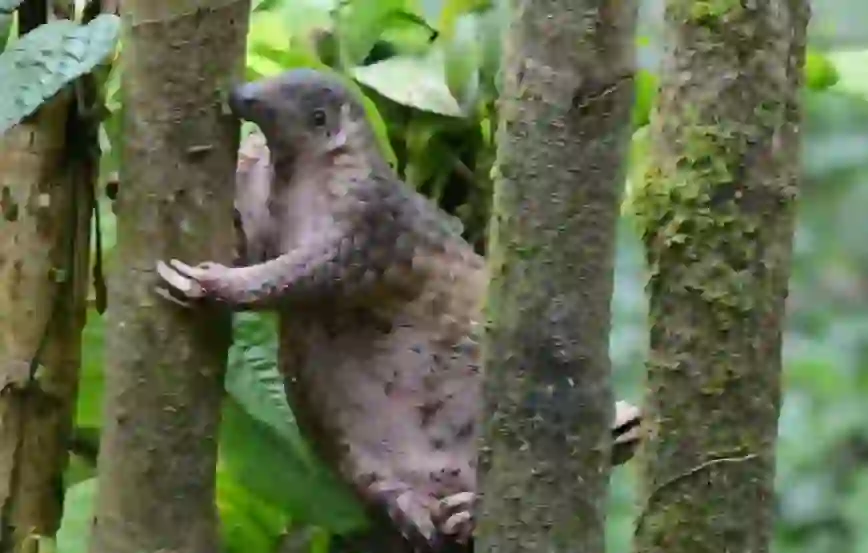
Are pangolins endangered?
All eight species of pangolins are classified as endangered. The primary cause is poaching. Pangolins are considered the most poached animals in the world. Their skins are used for bags and shoes, their meat is a delicacy, and their scales are believed to have medicinal properties in traditional Chinese and Indian medicine, though they are made of the same material as human nails and offer no health benefits. Despite a ban on hunting and trade under the 2000 CITES agreement, poaching continues. In 2019, 97 tons of scales were seized from Africa, equivalent to 150,000 pangolins. This amounts to one pangolin being poached every five minutes. To raise awareness, World Pangolin Day is celebrated on the third Saturday of February each year. Pangolins are listed as a 'First Class National Protected Animal' in China, emphasizing the need for their conservation.

Would you like to become a part of the 'Animalbook.jp'?
Turn your knowledge into Q&A and share it with the world. ※Publication will be activated after purchase. Let's share information together!
Pangolin Type of List
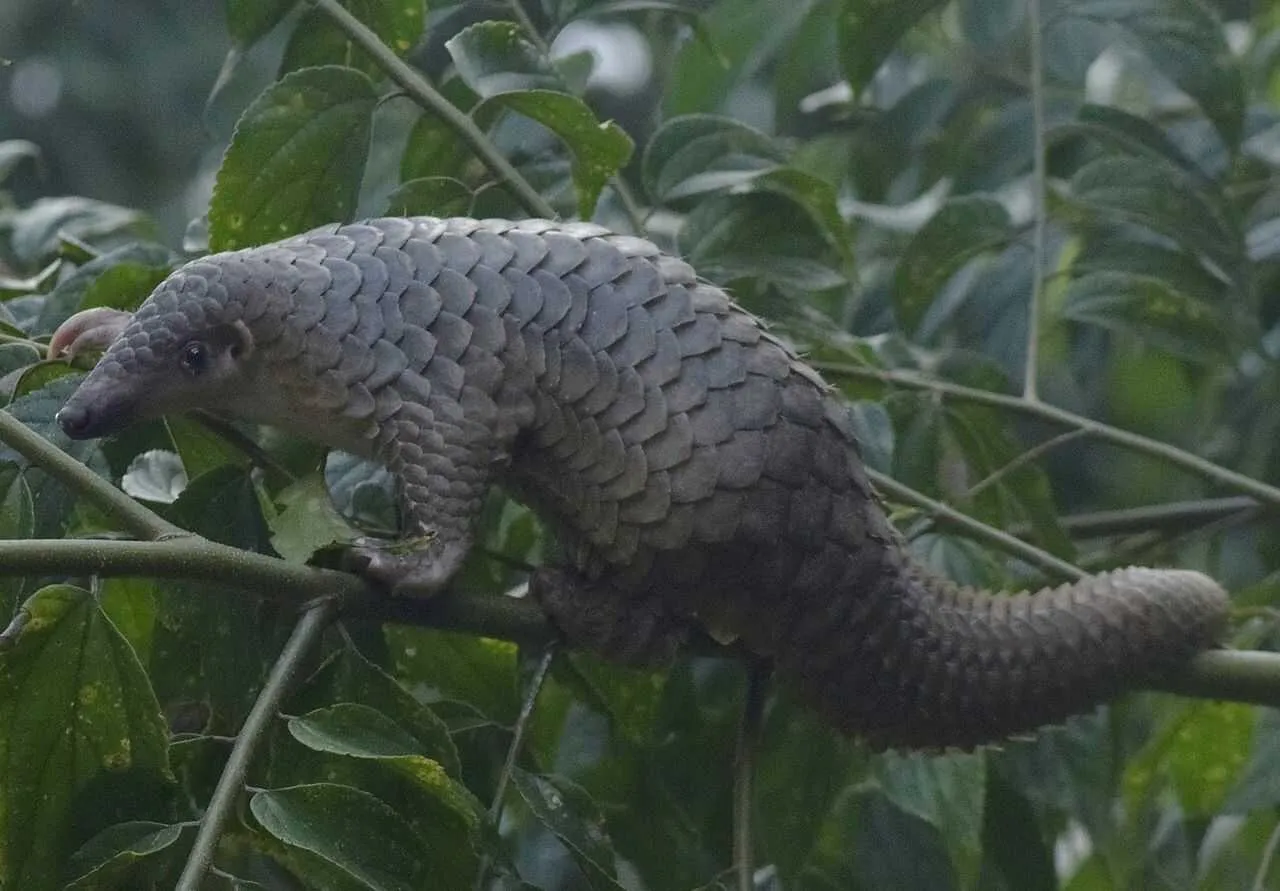
All species of pangolins are classified as endangered. Here are the levels of extinction risk: [Critically Endangered IA] ・Sunda Pangolin ・Palawan Pangolin ・Chinese Pangolin [Critically Endangered IB] ・Indian Pangolin ・Tree Pangolin ・Giant Pangolin [Endangered] ・Savanna Pangolin ・Long-tailed Pangolin
Information
Congratulations! You are the first commenter!

Create Your Favorite List!
Pangolin
Save the animals you love! Build your own list to quickly revisit your favorites later.

Would you like to leave a comment?
※Please note: This is for the purchase of rights to post comments within the article.
Find Your Favorites!
Our shop offers a unique and attractive selection of goods themed around various animals.
Pangolin References

- Wikipedia
- WWF Japan
- NATIONAL GEOGRAPHIC
- BBC NEWS JAPAN
- Tokyo Zoo Net
- https://www.tokyo-zoo.net/topic/topics_detail?kind=news&link_num=1052#:~:text=センザンコウは穿山甲。,という意味のようです。
- Newsweek Japan
- Newsweek Japan
- FUNDO
- Elephant Talk
- Cheer7 Arch
- Fish Search
- Living Creature Navi
Pangolin Introduction of media used

出典:https://unsplash.com/ja/写真/茶色と白の斑点のある鳥-mtTpAM2uaRM
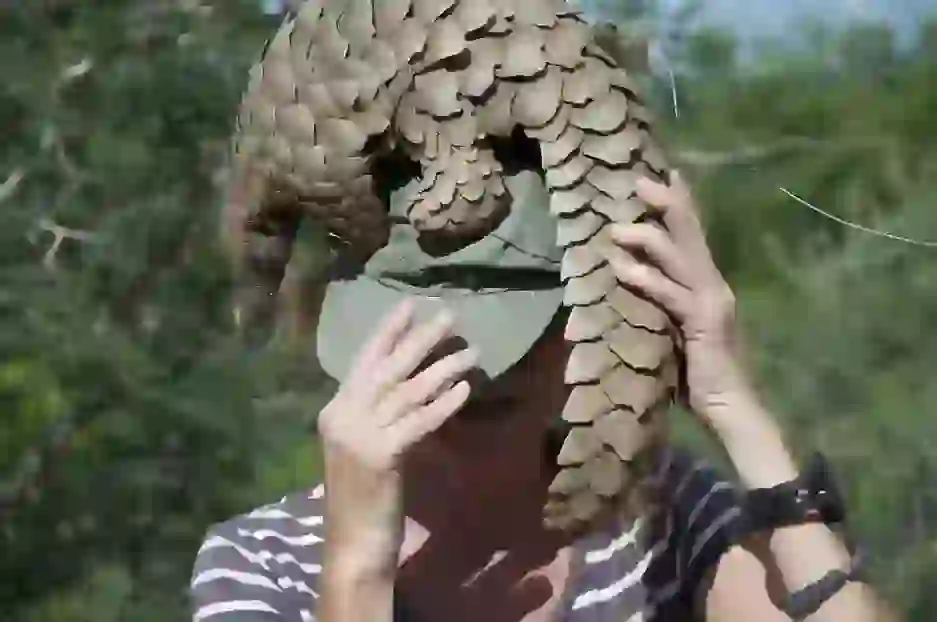
出典:https://pixabay.com/ja/photos/センザンコウ-ナミビア-4926259/

Help Enrich Our Animalbook.jp with Your Media!
We are constantly looking to expand and enrich our Animalbook.jp with amazing photos and videos of animals. If you have any media that you'd like to share, please contribute and help us showcase the beauty and diversity of the animal kingdom. Your submissions will be credited and featured in our encyclopedia, reaching a wide audience of animal lovers.
















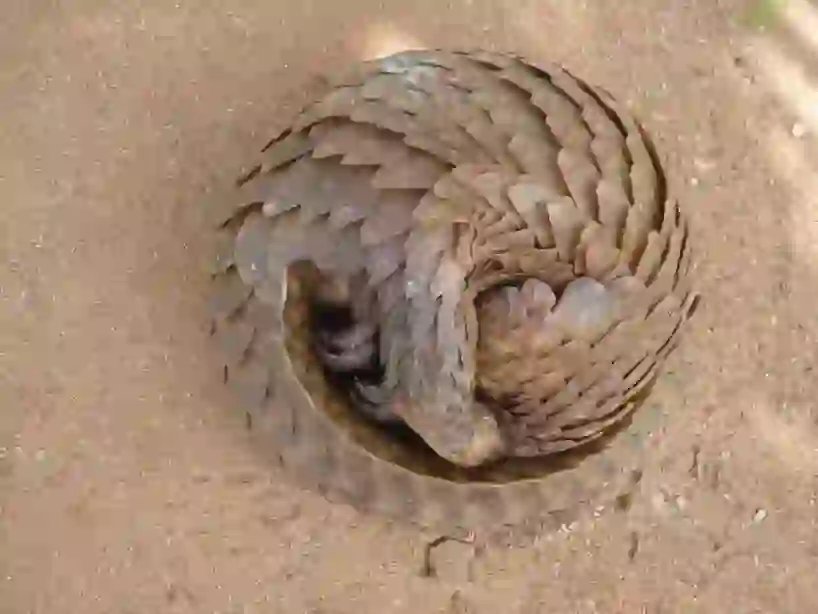
_optimized.webp?alt=media)
